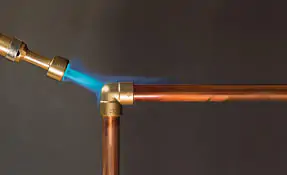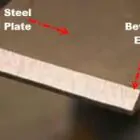Brazing and welding are both processes which you use to join two or more pieces of metal together. However, there are some key differences between the two that makes this process a more advantageous method in certain situations. In this blog post, we’ll take a look at some of the main advantages of brazing over welding and examine why it’s a better choice for certain types of metalwork.
Lower Temperature Requirement for brazing:
One of the biggest advantages of brazing is that it requires a lower temperature than welding. This is because it typically uses filler metals with a lower melting point than the base metal which you are joining. As a result, you can use it to join metals that can go bad and higher temperatures required for welding. Additionally, you can use brazing using a variety of heat sources, including gas torches, induction heating, and resistance heating, which can be more convenient and flexible than welding’s electric arc or gas flame.
Less Distortion:
Another advantage of brazing is that it causes less distortion to the base metal than welding. This is because the heat-affected zone (HAZ) during brazing is much smaller than it is during welding. The HAZ is the area of the metal that changes by the heat of the brazing or welding process and is often the source of warping or distortion in the finished product. Since brazing creates a smaller HAZ, the finished product will be less distorted and will have a more precise and accurate final shape.
Better for joining dissimilar metals:
This is also a better option for joining dissimilar metals. Welding is typically limited to joining metals of the same or very similar composition and structure. This process can join copper and steel or aluminium and brass that cannot be welded. These filler metal doesn’t have to be the same as the base metals being joined. This makes them easier to work with.
Conclusion:
In the end, brazing is a flexible and effective way to join metals, and it has many advantages over welding. It needs a lower temperature than welding, causes less distortion, and is better for joining metals that are not the same as each other. Welding and brazing are both useful abilities; which to utilize depends on the project.





